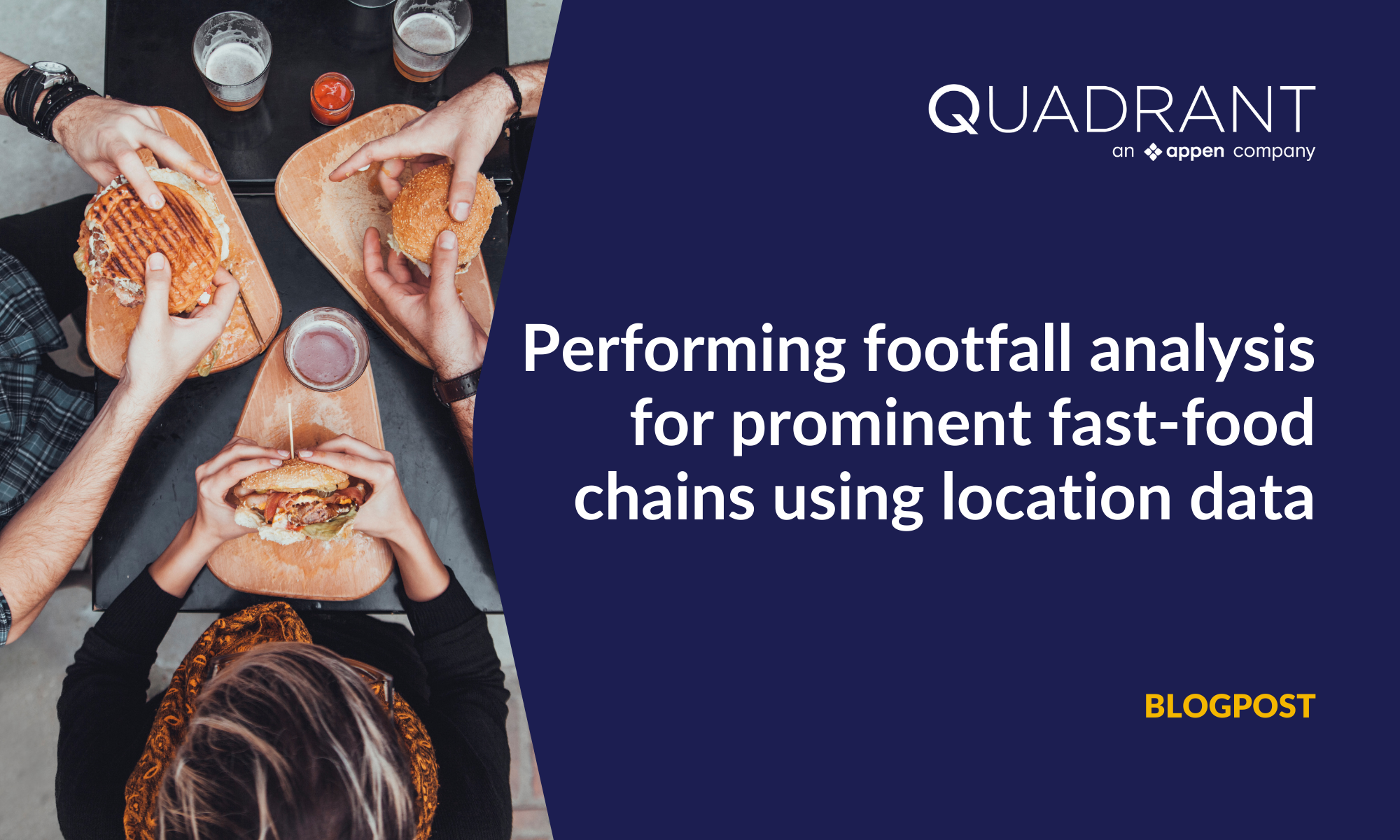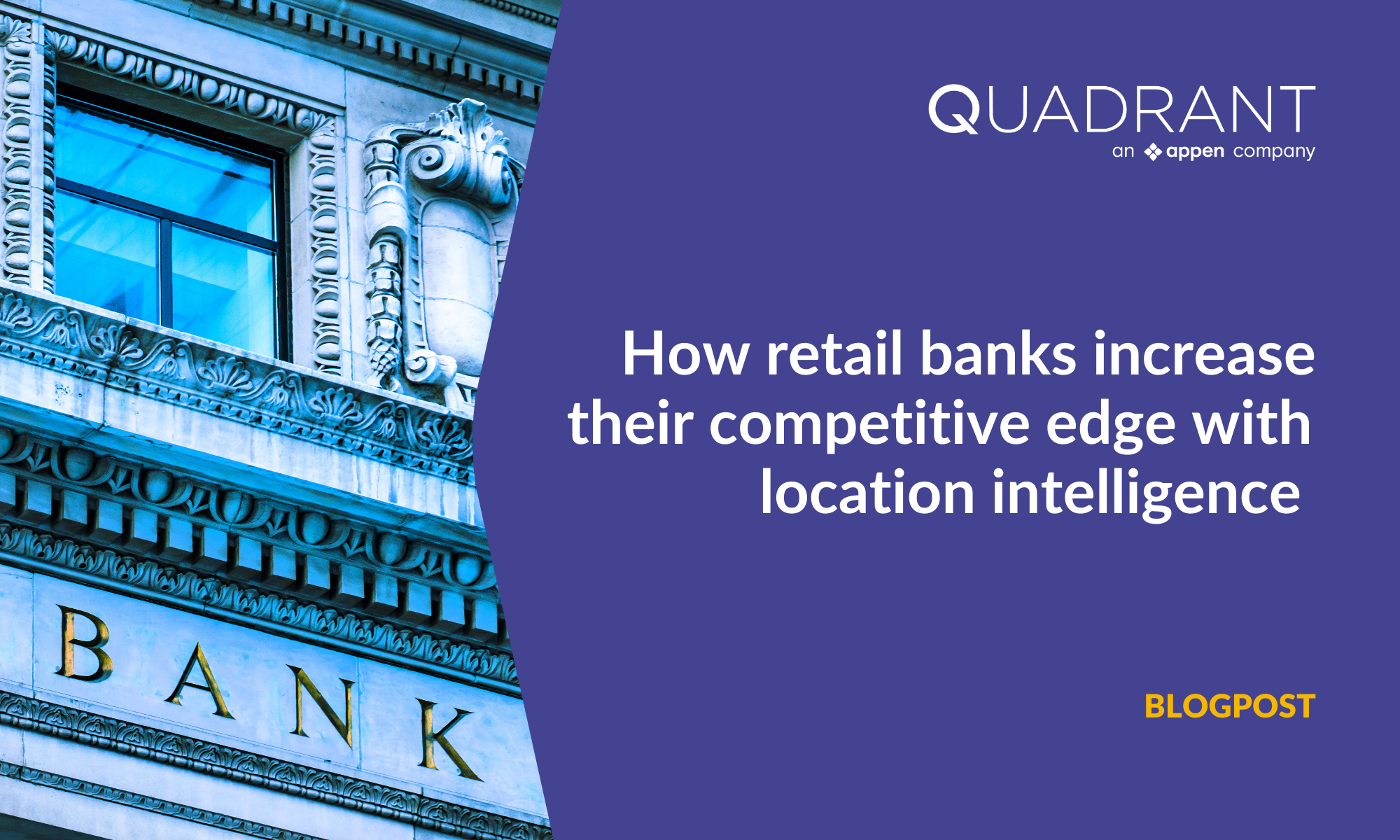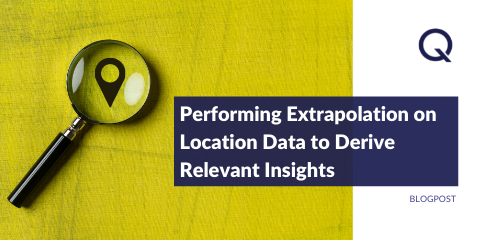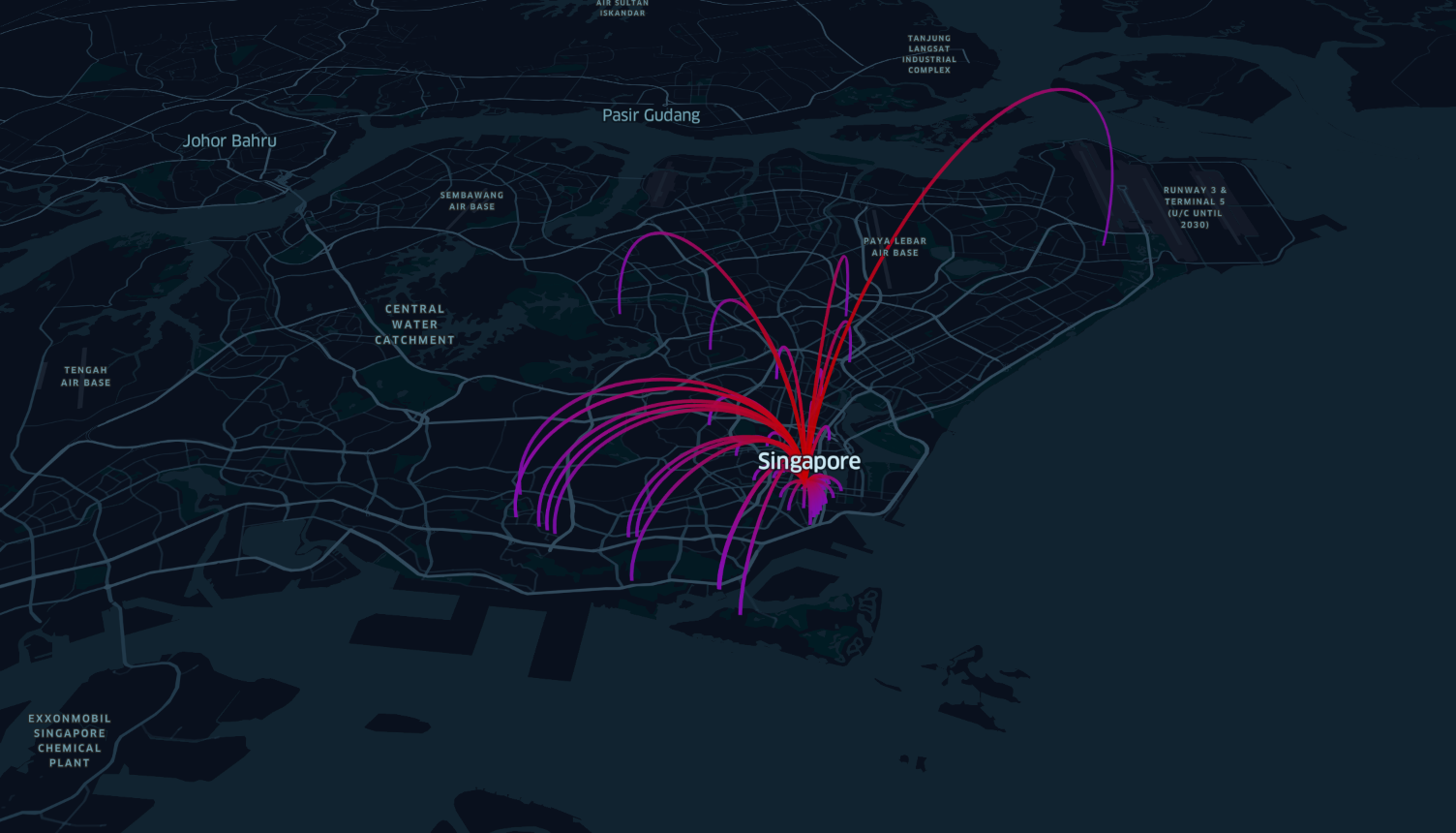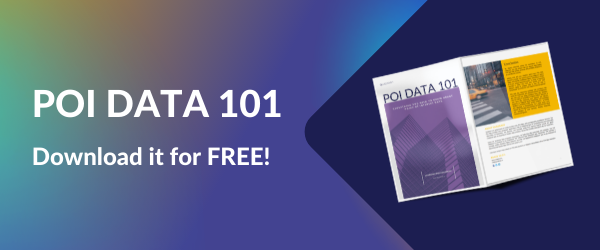Footfall analysis is a powerful form of business intelligence that allows brands to understand the visitation patterns around various POIs (Points-of-Interest). For retail stores, restaurants, and other POSs, footfall analysis can highlight important patterns such as the busiest time of day, competitor traffic analysis, and more. Whereas for government and public agencies, footfall analysis can highlight the consumption and demand of public services for the betterment of citizens’ lives.

